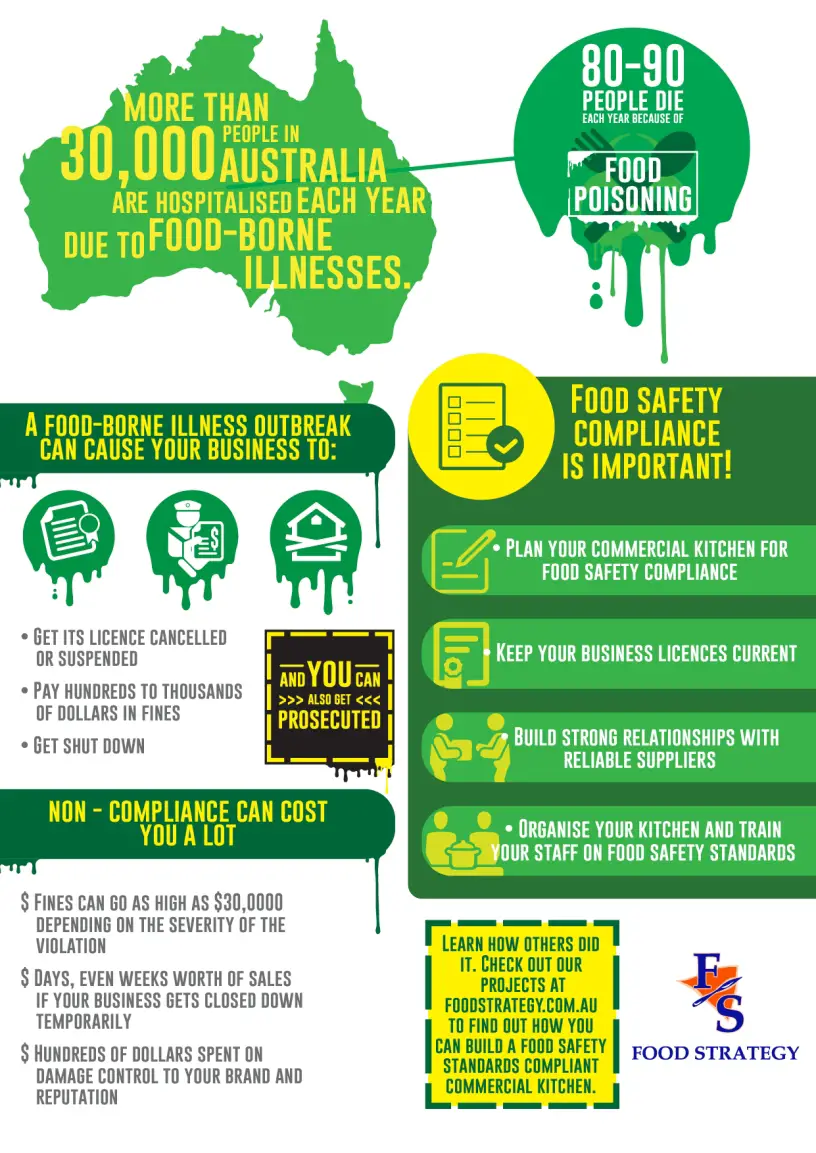A question that is not uncommon, especially from critics of contemporary food production, manufacturing and distribution. Yes, it is a legitimate question, and one that is certainly valid, but certainly one that is particularly complex. It is difficult to make a blanket statement about the overall safety of the food supply as it can vary by country and region. However, there have been concerns about food safety in recent years, such as the rise in food recalls and outbreaks of foodborne illnesses. Factors such as industrialization of agriculture, globalization of the food supply, and changes in consumer preferences can also play a role in food safety. It’s important for individuals to take steps to protect themselves, such as practicing proper food handling and preparation techniques, and staying informed about food recalls and outbreaks in their area.
The history of food regulations and food standards in the 19th and 20th centuries has been marked by both progress and setbacks in ensuring the safety of the food supply.
In the 19th century, the industrialisation of food production and the growth of cities led to increased concerns about the safety and purity of food. This led to the creation of early food regulations, such as the Pure Food and Drug Act of 1906 in the United States, which aimed to prevent the sale of adulterated or mislabeled food.
However, these early regulations were often inadequate and poorly enforced, which led to continued problems with food safety. For example, the use of harmful chemicals such as lead and copper in food products was not adequately regulated, and many food products were adulterated with cheaper ingredients.
In the 20th century, food safety regulations improved with the introduction of better scientific methods for detecting and preventing foodborne illness. The development of pasteurisation and refrigeration, along with the creation of the US Food and Drug Administration (FDA) and the US Department of Agriculture (USDA) improved the food safety.
However, the regulations also had some negative consequences. For example, the use of pesticides and other chemicals in agriculture increased, which led to concerns about the safety of these substances and their potential impacts on human health and the environment. Additionally, the industrialization of food production led to the concentration of food production in a few large companies, which made the food supply more vulnerable to contamination.
In summary, while food regulations and standards have improved over time, they have not always been sufficient to ensure the safety of the food supply and some regulations have even contributed to making food unsafe in the past. Food safety is a complex issue that requires ongoing attention, research and improvement to ensure the safety of the food supply for all.
Governments take various actions to address food safety and foodborne disease outbreaks. Some of the actions that governments may take include:
- Implementing food safety regulations: Governments may establish and enforce regulations that set standards for the production, processing, and distribution of food. These regulations may cover issues such as food hygiene, food labeling, and the use of pesticides and other chemicals.
- Establishing food safety agencies: Governments may establish agencies responsible for enforcing food safety regulations and investigating foodborne disease outbreaks. These agencies may also provide education and training to food producers and processors to help them comply with regulations.
- Conducting surveillance and outbreak investigations: Governments may conduct surveillance for foodborne disease outbreaks and investigate outbreaks when they occur. This may involve collecting and analyzing data on illnesses and deaths, identifying the source of the outbreak, and taking action to control the spread of the disease.
- Developing food safety guidelines and recommendations: Governments may develop guidelines and recommendations to help food producers, processors, and consumers reduce their risk of foodborne illness.
- Increasing food import and export inspection: Governments may increase their inspections on food imports and exports to ensure that the food meets safety standards.
- Collaborating with international organizations: Governments may collaborate with international organizations such as the World Health Organization (WHO) and the Food and Agriculture Organization (FAO) to share information and coordinate efforts to address food safety and foodborne disease outbreaks.
It’s important to note that the actions taken by governments may vary depending on the country or region, and the level of resources available to them.
There are several global trends in foodborne disease that have been identified by the World Health Organization (WHO) and other organizations. Some of these include:
- An increase in the number of reported foodborne outbreaks: This is likely due to improved surveillance and reporting systems, as well as an increase in the globalization of the food supply.
- A shift in the types of pathogens causing foodborne illness: In recent years, there has been an increase in the number of outbreaks caused by non-traditional foodborne pathogens such as norovirus and Shiga toxin-producing E. coli (STEC), which are more difficult to detect and control than traditional pathogens like Salmonella and E. coli O157:H7.
- An increase in the number of multi-country outbreaks: The globalization of the food supply has led to an increase in the number of outbreaks that affect multiple countries, making them more difficult to control and investigate.
- An increase in the number of outbreaks linked to fresh produce: This is likely due to the increased consumption of fresh fruits and vegetables, as well as changes in agricultural practices that can increase the risk of contamination.
- A rise in antimicrobial resistance (AMR): The overuse and misuse of antibiotics in agriculture can lead to the development of AMR, which can make it more difficult to control foodborne pathogens and treat infections.
It’s important to note that these trends are subject to change over time and may vary depending on the region or country.

